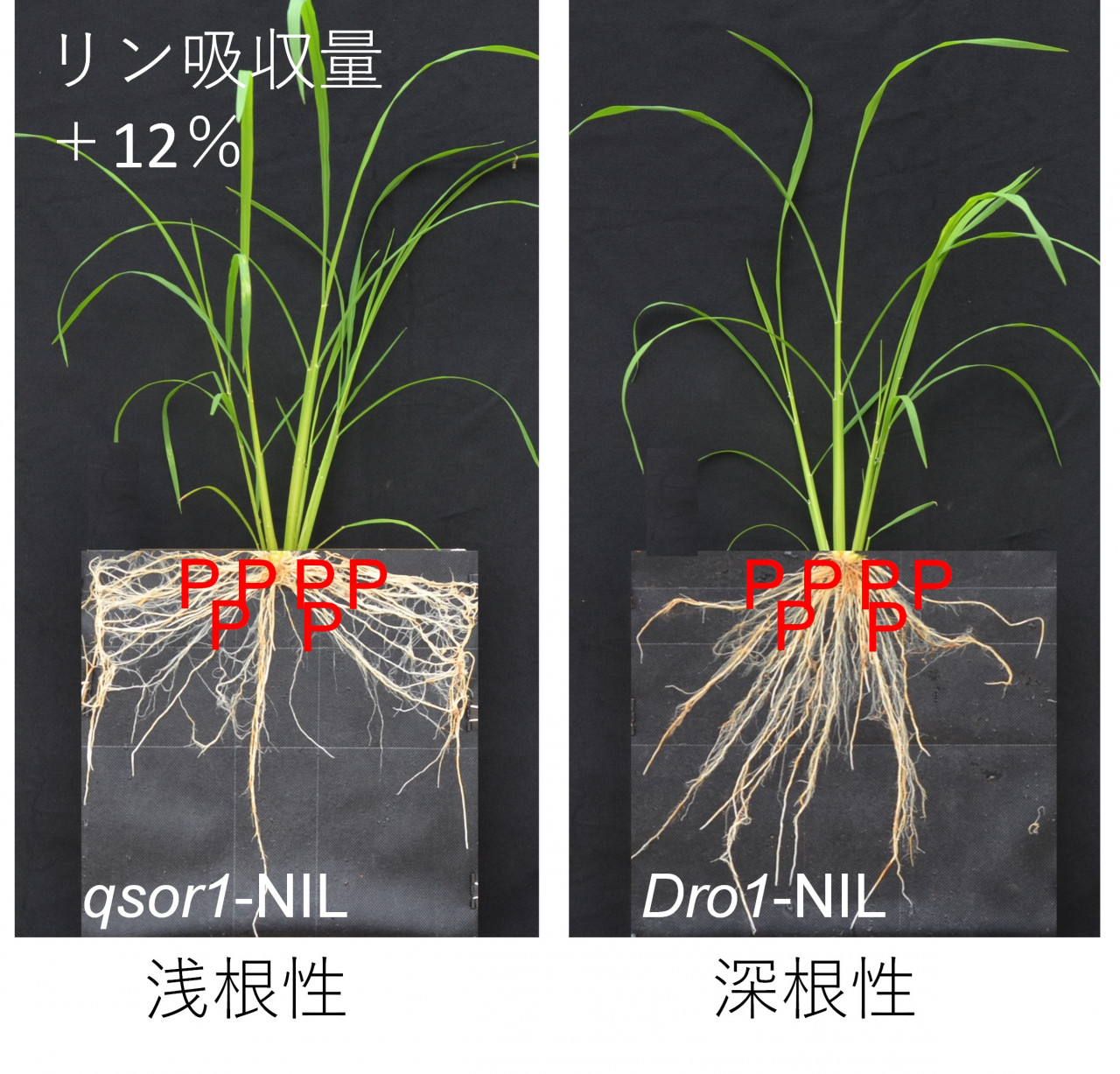Pick Up
331. Rice Cultivation Technology to Overcome Soils with Poor Nutrient Supply

In the recent debate over climate change measures, the ineffective use of chemical fertilizers in food production has been seen as a problem that contributes to greenhouse gas emissions. On the other hand, weathered soils in developing country regions such as Africa have been less effective for chemical fertilizers, and under-application by farmers has been the cause of low productivity. In developing countries, there is a need for the development of technologies that can achieve high yields with the least amount of chemical fertilizers through the development of crop varieties and fertilizer application methods that are suited to the local soil conditions, or in other words, technologies that can improve both yields and environmental friendly. This requires a detailed understanding of the interaction between soil and crop.
Nitrogen (N), phosphorus (P), and potassium (K) are the three major nutrients for crop production. Improving crop yields requires both an adequate supply of these nutrients in the form of chemical fertilizers, and an improved ability of crops to efficiently absorb these nutrients applied and indigenously available in soils.
The agricultural production in Africa has been suffering from low productivity. One of the biggest reasons for this is low soil fertility and low efficiency of nutrient absorption by crops. Especially in the highly weathered soils of Africa, not only is there a lack of phosphorus, but the iron and aluminum contained in the soil strongly adsorb phosphorus, making it difficult for crops to absorb phosphorus fertilizer even when it is applied.
In order to overcome this problem, JIRCAS has developed phosphorus dipping treatment of seedlings (P-dipping) technology, which is inspired by the rice cultivation method of rubbing bone meal into the roots of seedlings practiced in Japan during the Meiji era. This technology has been proven in farmers' paddy fields in Madagascar to have excellent fertilizer application effects even in tropical soils with high phosphorus adsorption capacity, and to effectively improve rice yields with less fertilizer.
In addition to these improvements in fertilizer application methods, understanding the genetic characteristics of crops, especially the roots that are directly related to nutrient uptake, can be expected to further improve the efficiency of phosphorus use from the soil. In a study published in Scientific Reports, researchers experimented with lines that develop more roots near the surface by varying the angle of their roots using the tropical high-yielding variety IR64 as genetic background. The results showed that P-dipping can be more effective when combined with rice varieties that have shallow root system. The distribution of rice roots grown under pot experiments and soluble phosphorus in the soil suggested that the function of the soil surface rooting gene (qSOR1 gene), which develops more roots in the surface layer, might have contributed to phosphorus absorption from the spot with high soluble phosphorus created by the application of the P-dipping technique.
The results of this study are pioneering and practical, showing the combined effects of effective cultivation technology (local fertilization technology) and efficient nutrient absorption capacity (genetic characteristics of rice root system) on phosphorus-deficient soils widely distributed in Africa. Based on this study, we will continue to verify the effects in production sites to improve the efficiency of phosphorus fertilization and rice yield in tropical rice fields where phosphorus deficiency is often observed.
This research was jointly carried out under the project “Breakthrough in Nutrient Use Efficiency for Rice by Genetic Improvement and Fertility Sensing Techniques in Africa” (Principal Investigator: Dr. TSUJIMOTO Yasuhiro, JIRCAS) supported by the Science and Technology Research Partnership for Sustainable Development (SATREPS), and the “Development of Climate-Resilient Crops by Employing ROOTomics” (Principal Investigator: Dr. UGA Yusaku, NARO) supported by the JST Core Research for Evolutional Science and Technology (CREST).
References
Breakthrough in Nutrient Use Efficiency for Rice by Genetic Improvement and Fertility Sensing Techniques in Africa https://www.jircas.go.jp/ja/satreps
Development of Climate-Resilient Crops by Employing ROOTomics https://www.jst.go.jp/kisoken/crest/project/1111090/1111090_10.html
Contributor: TSUJIMOTO Yasuhiro (Crop, Livestock and Environment Division)

